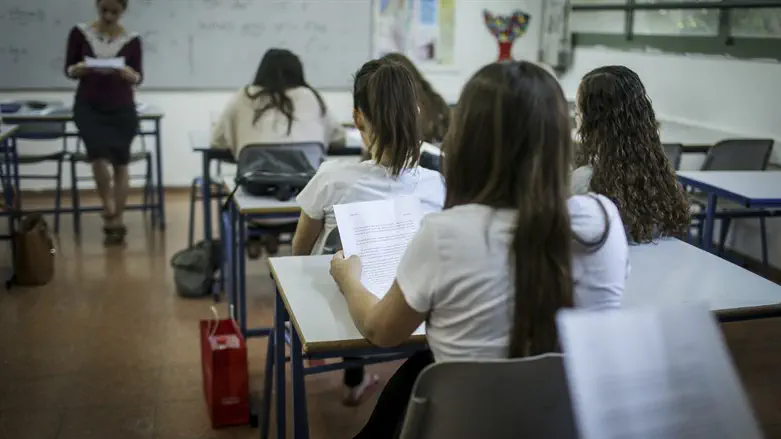
The National Authority for Measurement and Evaluation in Education published today (Tuesday) the results of the language tests of fourth graders in Hebrew and Arabic.
The results show that one in four students for whom Hebrew is their mother tongue (25%) and were in the second grade at the onset of the coronavirus epidemic have difficulty with reading comprehension. In addition, the vast majority of students whose mother tongue is Arabic have difficulty with reading comprehension.
43% of Hebrew-speaking students are at a high level of reading comprehension. This indicates their mastery of all the actions and skills that the Hebrew curriculum expects of fourth graders. In contrast, 26% of students are at a low level. These students have mastered only simple actions and skills in reading comprehension.
In addition, the examination found that there were significant gaps in the test results based on socio-economic background. The higher the socio-economic background of the students, the higher their reading level, generally speaking.
Thus, 50% of students from high socio-economic backgrounds are at the highest level of reading comprehension, compared to 27% of students from poorer backgrounds. At the same time, only 19% of students from high socio-economic backgrounds are at the low level, compared to 43% of students from poorer backgrounds.
